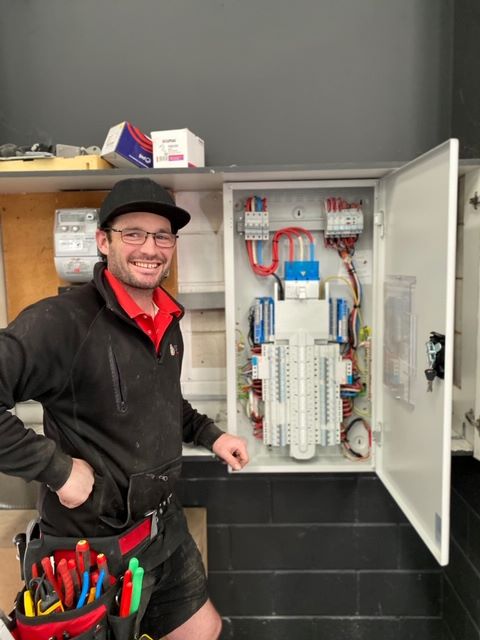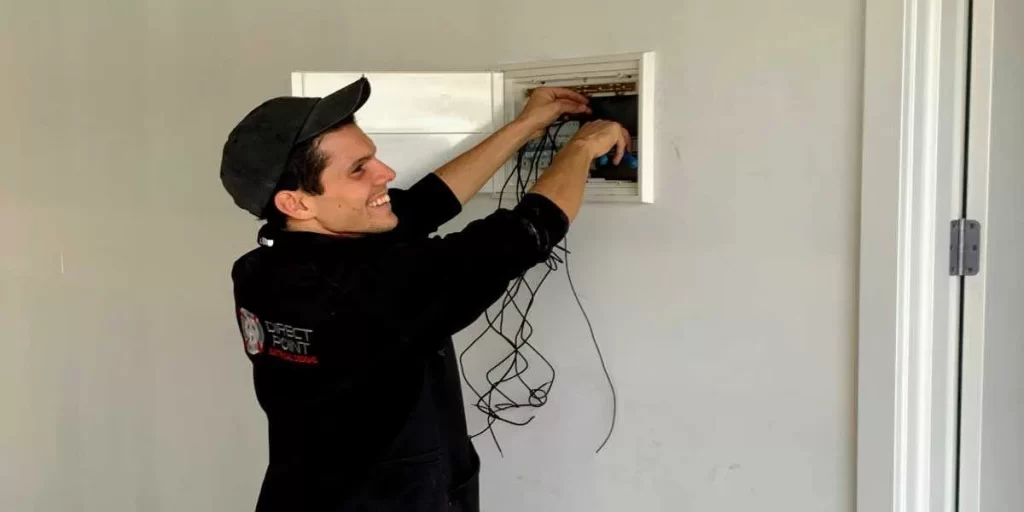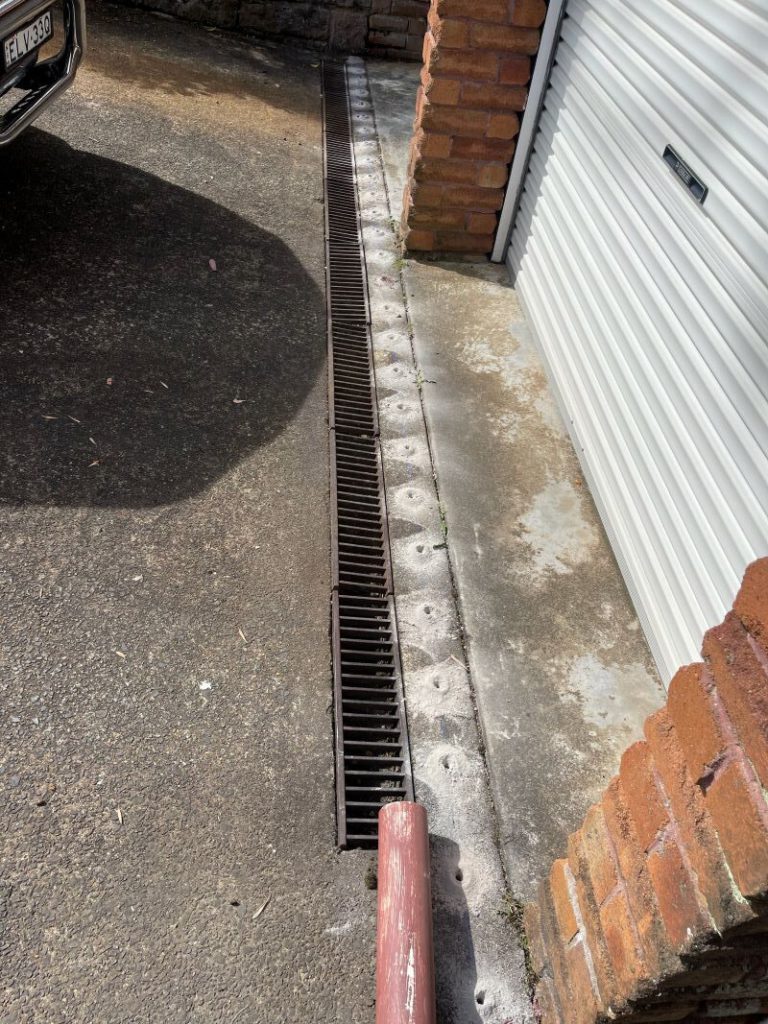When planning electrical installations for your home or commercial property, a common inquiry revolves around the necessity of a main breaker in a sub panel. This question frequently arises as property owners assess their options to enhance their electrical systems or integrate additional circuits to accommodate rising power demands. Grasping the function and requirements of sub panels is vital for establishing a safe, efficient, and functional electrical framework.
Typically, a sub panel does not necessitate a main breaker as it derives power from the main panel, which already includes a main breaker that regulates the total power supply. The main panel’s breaker acts as the primary disconnect for the entire electrical network, encompassing all sub panels. Nevertheless, particular local electrical codes or specific installation stipulations may require a main breaker in sub panels, especially for heightened safety or operational convenience. It is crucial to verify your local regulations to ensure compliance and safety.
Even though it is not a standard requirement, integrating a main breaker into your sub panel can provide numerous advantages. It offers a quick and uncomplicated method for shutting off power to all circuits within that specific panel without disrupting the entire electrical system. This feature is particularly beneficial during maintenance tasks or emergencies, as it enables safe isolation of various sections of your property’s electrical framework, thereby enhancing safety and accessibility under such circumstances.

Explore the Crucial Functions and Advantages of Sub Panels in Electrical Systems
Sub panels serve a pivotal role in electrical systems by facilitating effective power distribution to specific zones or appliances within a property. They significantly enhance circuit management and organization while increasing the overall capacity to handle electrical loads. By strategically positioning sub panels, property owners can optimize their electrical infrastructure, ensuring it meets the diverse demands of various appliances and equipment with efficiency and reliability.
Gain Insight into Sub Panels: Their Integral Role and Benefits for Property Owners
A sub panel, commonly referred to as a subsidiary panel or distribution board, functions as an additional electrical panel that branches from the main electrical panel. Its primary purpose is to act as a secondary distribution point for electricity throughout a building, offering flexibility and enhanced efficiency. Sub panels are generally installed to:
- Increase circuit capacity to accommodate various applications and equipment.
- Isolate power supply to designated areas or devices for improved safety and convenience.
- Facilitate better organization and management of the overall electrical system.
Typical installation locations for sub panels include garages, workshops, or larger homes where the main panel may be situated far from specific areas in need of power. By incorporating sub panels, property owners can achieve more effective power distribution, simplifying circuit management and improving access to control their electrical systems.
Crucial Factors to Consider for Electrical Load Assessment Prior to Sub Panel Installation
Before proceeding with the installation of a sub panel, it is essential to conduct a thorough evaluation of the electrical load requirements. Key factors to take into account include:
- The total amperage required for the designated area or equipment.
- The number and types of circuits necessary for specific applications.
- The distance from the main panel to the selected sub panel location.
Calculating the expected load is critical to ensure that the sub panel can safely accommodate it. Sub panels generally come in capacities ranging from 60 to 200 amps, depending on their intended application. It is essential to match the sub panel’s capacity to your specific electrical requirements for both efficiency and safety. Additionally, considering potential future expansions when sizing your sub panel can be a wise strategy, as it prevents the need for costly upgrades or replacements as your electrical needs evolve over time.

Essential Elements for Safe and Effective Sub Panel Installation
To ensure a safe and efficient installation of a sub panel, several crucial considerations must be addressed, including circuit breakers, compliance with regulatory standards, and implementing necessary safety measures. Understanding these installation requirements is vital for establishing a safe and compliant electrical system.
Evaluating the Need for Circuit Breakers in Sub Panels
While sub panels do not always necessitate a main breaker, the requirement may vary based on specific circumstances, such as:
- The distance from the main panel: A local disconnect may be necessary if the sub panel is installed far from the main panel.
- The number of circuits: Sub panels equipped with more than six breakers typically require a main breaker to enhance safety.
- Local codes: Certain jurisdictions mandate the installation of main breakers in all sub panels.
A main lug sub panel depends on the main breaker from the main panel for overcurrent protection, which is a standard configuration when the sub panel is located close to the main electrical panel. It is crucial to be aware of the specific needs of your installation to ensure compliance and safety.
Understanding Regulatory Standards for Sub Panel Installations in Australia
In Australia, specific electrical standards govern the installation of sub panels, which include:
- AS/NZS 3000: This standard outlines the comprehensive requirements for all electrical installations.
- Maximum rating: Main breakers for sub panels must not exceed the ampacity of the feeder conductors to ensure safe operation.
- Labelling: Clear identification of the power source for the sub panel is a mandatory requirement.
Adhering to these standards is crucial for ensuring safety and legal operation. Consulting local authorities for specific regional requirements is highly recommended, and remember that all electrical work must be performed by a licensed electrician to ensure compliance and safety!

Implementing Key Safety Measures for Sub Panel Installations
Establishing robust safety measures during sub panel installations is essential to mitigate electrical risks and ensure operational safety:
- Proper grounding: Ensure that the sub panel is effectively grounded to minimize the risk of electrical shocks.
- Adequate spacing: Maintain sufficient clearance around the panel to facilitate easy access and promote adequate ventilation.
- Weatherproofing: For installations located outdoors, utilize weather-resistant enclosures to shield against moisture and environmental factors.
Furthermore, it is crucial to use the correct wire sizes and types suited to the expected load. Installing arc fault circuit interrupters (AFCIs) and ground fault circuit interrupters (GFCIs) in accordance with code requirements is also vital for safety. Regular inspections and maintenance of the electrical installation contribute significantly to ongoing safety and compliance. Always enlist a licensed electrician for sub panel installations to ensure that all safety standards are meticulously followed.
Answers to Common Questions About Sub Panels and Main Breakers
The intricacies surrounding sub panels, including considerations about breakers, sizing, and regulations, can be overwhelming for property owners. Attaining a clear understanding of the fundamental requirements is essential for ensuring a safe and compliant electrical setup that adheres to all local codes and safety standards.
Is a Main Breaker Necessary for a Sub Panel?
A sub panel does not inherently require a main breaker. The necessity largely depends on its location relative to the main panel and local electrical codes. When the sub panel is situated within the same building as the main panel, a main breaker is typically not mandatory.
However, if the sub panel is located in a separate structure, it generally must include a main breaker for safety and compliance reasons, ensuring that all electrical installations conform to local regulations.
Can a Main Breaker Panel Function as a Sub Panel?
Yes, a main breaker panel can operate as a sub panel, although it may not always be the most efficient option. In this scenario, the main breaker would serve as an additional disconnect point rather than the primary disconnect for the entire electrical system.
Choosing a panel specifically designed as a sub panel is often a more cost-effective and space-efficient solution, delivering better functionality for your electrical needs.
What Size Breaker is Appropriate for a 100 Ampere Sub Panel?
For a 100 ampere sub panel, it is standard practice to utilize a 100 ampere breaker in the main panel to feed it. This breaker should correspond with the sub panel’s rating to ensure optimal protection and functionality, delivering a reliable power supply.
Additionally, the wire size must also be suitable for handling a 100 ampere load, ensuring that the entire electrical system operates safely and effectively.
What Regulations Govern Electrical Sub Panels?
Electrical sub panel regulations can differ by region, but they primarily focus on safety and accessibility. Key regulations typically include:
- Proper grounding and bonding procedures to enhance safety.
- Correct wire sizing to effectively accommodate anticipated loads.
- Adequate spacing around the panel to ensure accessibility and safety.
- Clear labelling of all circuits within the panel for improved management.
Always consult local codes and consider professional installation to guarantee full compliance with all regulations, thereby creating a safe electrical environment.
What is the Capacity Limit for a Sub Panel Connected to a 200 Ampere Main Panel?
A sub panel connected to a 200 ampere main panel does not have a fixed capacity limitation. The size of the sub panel is contingent on several factors, including:
- The available capacity in the main panel to support additional loads.
- The intended load requirements for the sub panel based on its usage.
- The wire size used between the panels, ensuring it can safely handle the load.
It is possible to install a 100 or 150 ampere sub panel, provided the main panel has sufficient spare capacity to support it, offering flexibility for future electrical needs.
How Can One Accurately Size a Breaker for a New Sub Panel Installation?
To effectively size a breaker for a new sub panel, follow these steps:
- Calculate the total load that the sub panel is expected to support by considering all connected devices.
- Select a panel that is rated for that load or higher to ensure safety and efficiency.
- Choose a breaker in the main panel that aligns with the sub panel’s rating for optimal performance.
It is wise to anticipate future expansion needs when sizing the panel. Often, installing a slightly larger panel than currently required can provide added flexibility to accommodate future electrical demands, making your system more adaptable.
The Article: Does a Main Breaker Need to Be in a Sub Panel? first appeared on https://writebuff.com
The Article Main Breaker Requirements for Sub Panels Explained Was Found On https://limitsofstrategy.com




You make an interesting point about the role of the main breaker in sub panels. I’ve always thought of the sub panel as a sort of power distribution hub, especially when I added one in my garage for workshop tools. It does make sense that the main panel is the primary source of regulation, but I never really considered how local codes might influence whether a main breaker is necessary for a sub panel.
You bring up a really good perspective on the sub panel as a power distribution hub, especially when you consider how many projects we all take on that require reliable power where we need it. When I added my own sub panel for a workshop, the flexibility it offered was a game changer. Being able to manage multiple tools without worrying about overloading the main panel felt like a huge relief.
You bring up a really good point about viewing the sub panel as a power distribution hub. It’s interesting how we often think of our electrical systems in pieces rather than as an interconnected whole. When you installed that sub panel in your garage, I bet you experienced a level of convenience and functionality that opened up all kinds of possibilities for your workshop. It’s like upgrading your electrical capabilities to match the expanded demand of your tools and projects, which is crucial for anyone looking to work efficiently.
You hit the nail on the head about viewing the sub panel as a power distribution hub. It really does shift our perspective on how we engage with our electrical systems. When I installed that sub panel, it was like flipping a switch on my workshop’s potential. Suddenly, I could run multiple tools at once without the fear of tripping a breaker.
Your exploration of the necessity of a main breaker in sub panels raises significant points that resonate with many homeowners and commercial property managers navigating electrical installations. It’s fascinating how electrical systems can often seem straightforward, yet they are governed by a complex web of regulations and practical considerations that vary not only by region but also according to the specific needs of each installation.